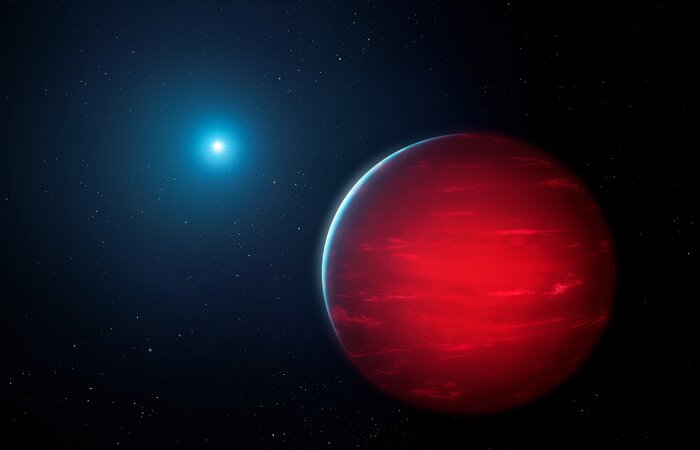Citizen scientist makes an ultra-cool discovery
Using data from the NOIRLab’s Community Science and Data Center, ace citizen scientist Frank Kiwy discovered 34 ultracool dwarf binary systems in the Sun’s neighbourhood. This means that we now know twice as many of these systems than before!

Based in the United States, NOIRLab (National Optical-Infrared Astronomy Research Laboratory) has a catalogue of four billion celestial objects – the Source Catalogue DR2. It was the main source for the discovery, which builds on the work of the citizen science project Backyard Worlds: Planet 9.
Over 100,000 volunteer citizen scientists were involved in this project that looked very carefully at telescope images to catch the motion of brown dwarfs (objects midway between giant planets and very small stars) against background stars. We do have powerful supercomputers, but the human eye still has no match when it comes to looking for moving objects.
Frank Kiwygot also got involved on one such research project that used the NOIRLab Source Catalogue DR2. By searching the data for objects that had the same colour as brown dwarfs, he spotted over 2,500 potential ultracool dwarfs hiding in the archive. Further investigations for a binary companion revealed 34 systems, including a white dwarf (or a low-mass star) with an ultracool dwarf companion.
The finding is a great success story for citizen science. It also helps astronomers find out if brown dwarfs are closer to being giant planets or small stars – and also helps us understand how star systems evolve over time.
Cool Fact:
Would you like to get involved in citizen science? The Zooniverse portal has a lot of interesting projects and there’s a chance you’ll find something there!
This Space Scoop is based on a Press Release from NOIRLab .
Source: Space Scoop
🇵🇹 Versão portuguesa disponível neste site.


Leave a Reply